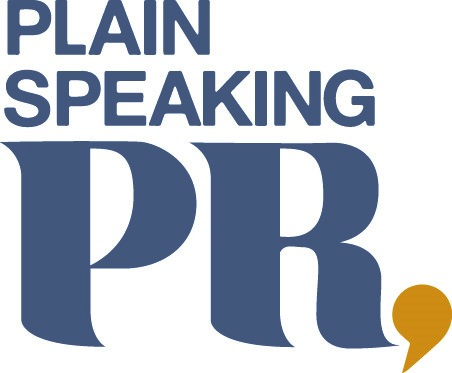
In this month’s column, Skin Health Expert Louise Thomas-Minns, Founder of Louise Thomas Thomas Skin Care, takes a look at the difference between teenage and adult acne
Is there a difference between teenage acne and adult acne, both in the causes and the way it manifests on the skin? As an acne sufferer myself, and through treating this skin issue for over 27 years, I know only too well its complexities. When we compare the two, we understand that both can come from hormonal imbalances – it’s just that perhaps, teenage acne is more ‘accepted’. As a teenager you may experience outbreaks all over the face, neck, chest and back whereas with adult onset this maybe more localised, classically in women affecting the chin, jawline, and neck.
With teenage acne, and with early treatment and management, scarring can be limited, and lesions heal more efficiently as the skin is younger and more equipped to have a better healing process. The adult acne cases I see are usually triggered by two key events: in women, perimenopause or pregnancy; and in men and women, stress/burn out. The latter, in women, wreaks havoc with their hormonal balance. You then also have a skin which classically is slower to heal and has a more sluggish cell turnover.
What causes teen acne and what causes adult acne?
See above, but generally both come from a place of hormonal disruption. You can also have a genetic predisposition to acne, if there is family history, and of course it is exasperated by dietary and lifestyle choices.
Why do breakouts sometimes happen to women going through menopause?
During perimenopause, the phase that leads up to the menopause, female hormone levels – including oestrogen and B-Oestradiol – decline. However, testosterone levels, the male sex hormones that women have as well, remain constant. This can then cause an increase in oil (sebum) production and lead to clogging pores, coupled with the fact that cell renewal is slower, so dead cell build up is heightened leading to outbreaks.
Is acne treatment one size fits all?
Absolutely not! As I said acne is a very complex skin issue and can be exasperated by systemic and external factors. My approach is always to take clients through an individualised 3D skin health assessment, and work through their symptoms and possible causes, before creating a bespoke treatment plan.
What ingredients, products and treatments should teenage acne sufferers look to?
I love salicylic acid (a beta hydroxy acid) which loves to power though oil flow and unplug blockages. It also helps to reduce inflammation and speeds up the healing process by oxygenating the follicles.
What ingredients, products and treatments should adult acne sufferers look to?
You have to take into account fine lines and wrinkles as you age, too. My go-to ingredients to combat both acne lesions, pigmented scarring left behind, and skin ageing must be retinol. It’s a powerhouse when it comes to repairing the skin, rejuvenating, increasing regeneration and ‘normalising’ oil flow and cell function.
Anything else readers should know about the adult vs teen acne?
Teenage acne is usually a ‘normal life event’ which will get better with age and some gentle management treatment. Adult acne is heightened by lifestyle choices such as increased stress, a poor diet, alcohol, and a slower skin healing response.
Visit Louise Thomas Skin Care. To celebrate International Women’s Day and Mothers’ Day, Louise will be in-store tomorrow (Saturday March 9) at Jarrolds in Norwich (Women’s Fashion Floor) between 11am and 3pm. She will be launching a Gift with purchase (while stocks last) and be on hand to answer your skin health questions.
Featured image Louise Thomas-Minns: Stories by Chloe Brand Photography









Leave a Reply